The 2020 XC90 Represents a Problem for Volvo
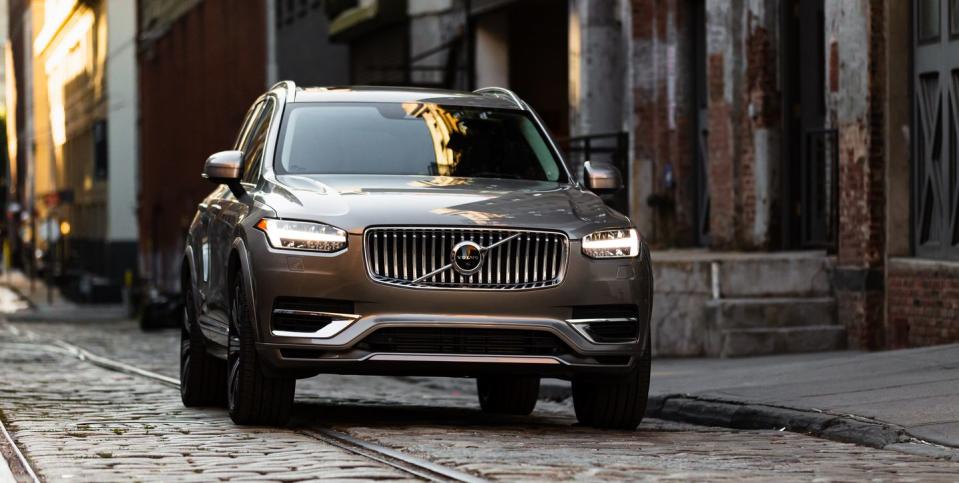
The current Volvo XC90 is a fantastic, attractive, easy-to-recommend family car. Despite receiving only minor tweaks over the past five years, time spent with the XC90 reveals that it still is at or near the top of its class. Its design is phenomenal, its interior is fantastic, and its chassis is well-suited to family hauler duties. But as it approaches the end of its life cycle, the XC90's persistent flaws represent structural problems for Volvo.
The company has been on a reinvention kick since 2015. The XC90 was the first car to get a full ground-up redesign in the Geely era. The firm threw money at the project, designing an SUV orders of magnitude better than the ancient product it replaced. The new car delivered on the fundamental promise of Volvo with cutting-edge safety technology and top-tier crash results. And it promised a new era defined by electrification. ringing in a new era that has seen nearly every Volvo product get a plug-in hybrid version. Public perception seriously improved, sales boomed, and the company methodically updated every car with the same design language.
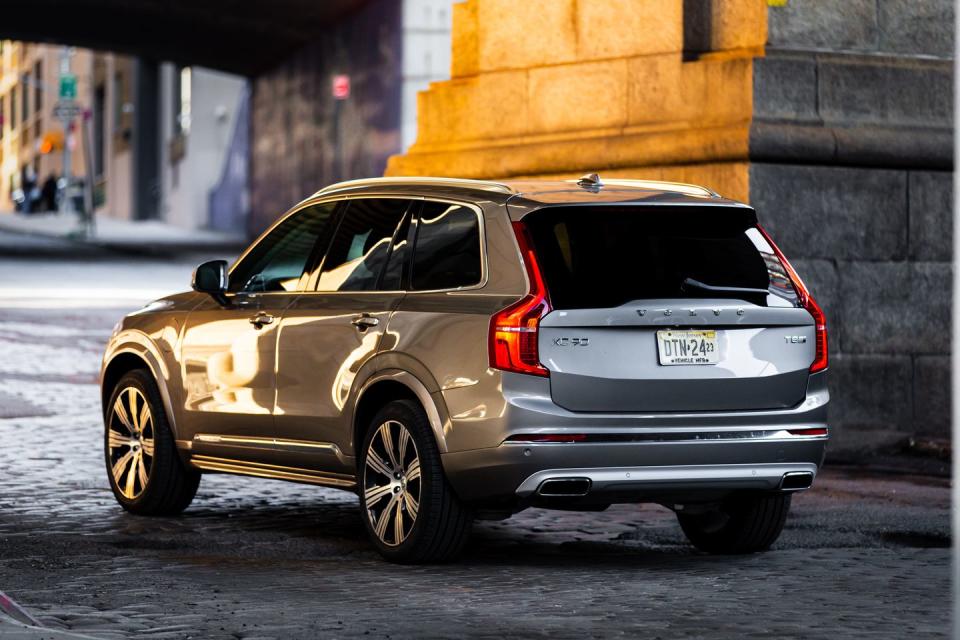
This strategy created a lineup that's uniquely homogenous. Pick your size, pick a wagon, SUV, or sedan, and get mostly the same experience. Each car was similarly gorgeous, similarly tech-heavy, and similarly likable. Yet they were also similarly flawed. They rode a little rougher than you'd expect, featured the same coarse and often-noisy four-cylinder engine, and forced you to spend too much time wrestling with the difficult Sensus infotainment system. Opt for the hybrid version of any model and you also had to cope with a two-tiered brake pedal, peaky power delivery, and a truly indefensible gear selector that required two separate pulls to go into gear.
The 2020 XC90 was an opportunity for Volvo to rectify these issues. Each was a problem of tuning or details more than an issue of fundamentals. With the reinvention of the fleet completed, the mid-cycle upgrade of the flagship that started was Volvo's best chance yet to smooth out the edges and make it the far-and-away best car in its class. But the company didn't quite pull it off. The infotainment system got more processing power to reduce stuttering and increase responsiveness, but it's still slow to boot and annoying to navigate. The braking on the T8 hybrid model feels far more refined if still a little rubbery. But power delivery is still far too weird. The engine power, turbo power, and electric boost all arrive at different times, making the whole thing far too jerky and uncivilized for an SUV that starts at $63,450. When the power finally comes, you're treated to the same grumble from the same overworked 2.0-liter four-cylinder that powers all gasoline Volvos.
None of this is damning for the XC90 itself. It's plenty comfortable, with plush seats that make up for the slightly firm ride. Material quality is excellent: the interior on the whole is about as good as it gets for under $100,000. You get plenty of space for cargo and passengers, a usable third row, and fuel economy that helps you understand how such a grumpy four-banger justifies its existence here. T8 models also have 400 hp. The 316-hp T6 is still probably the one to get, though, as the complex hybrid powertrain doesn't feel any more premium than the turbo-and-supercharged four-cylinder gas setup in the T6. Since none of these are set up for speed, you won't miss the extra power.
In fact, the XC90 T6 is one of my favorite SUVs currently sold, and likely the one I'd buy were I in the market for a luxurious family SUV. I'm just worried about what it says about Volvo. Because the problems here are small, but demonstrate big challenges for the near future of the company. Volvo has bet a lot on an all-electric, mostly-autonomous future. Those things have become central to its identity. They will surely come, but in the short term neither are fully achievable.
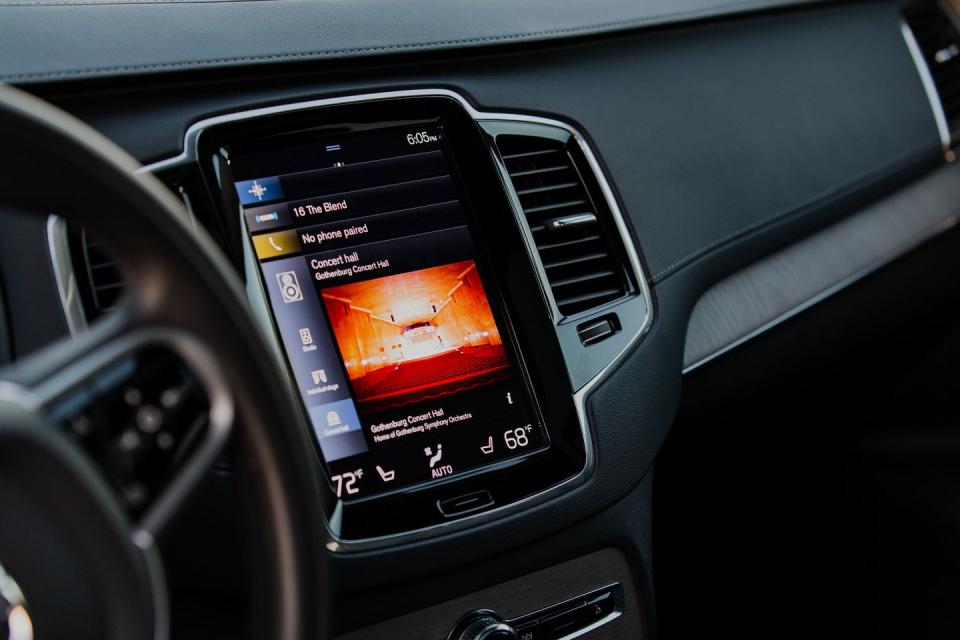
As far as autonomy is concerned, Volvo hasn't made great strides over the last five years. Pilot Assist is more democratized than it was on initial launch, but the widely available system is worse to use than systems from Hyundai, BMW, Mercedes, Tesla, Audi, and others while being an order of magnitude less assuring than Cadillac's incredible Super Cruise system. Despite originally being bullish on autonomy, Volvo isn't ahead of other OEMs on commercially available tech. Nor is the company as far along as tech firms in fully autonomous trials. That's fine. Speed doesn't come before safety. But clearly consumer self-driving cars are further away than Volvo seemed to expect five years ago.
Electrification, too, may be a hard trail to blaze. Volvo is wading into that market with the XC40 Recharge, but that's clearly a small-volume play. EVs are certainly the future, but they represented around two percent of U.S. light vehicle sales last year. Upstarts willing to burn capital or hoping to cash in on the buzz around electric cars may be able to go all-in on EVs, but that's a tougher path for Volvo. The company already spent billions reinventing itself and is finally seeing the profits from that approach. Switching those models to pure EVs may get some headlines, but remember that so far the whole EV market hasn't been profitable for just about anybody. Even Tesla doesn't make money on the cars, but derives profits from regulatory credits it sells to other firms.
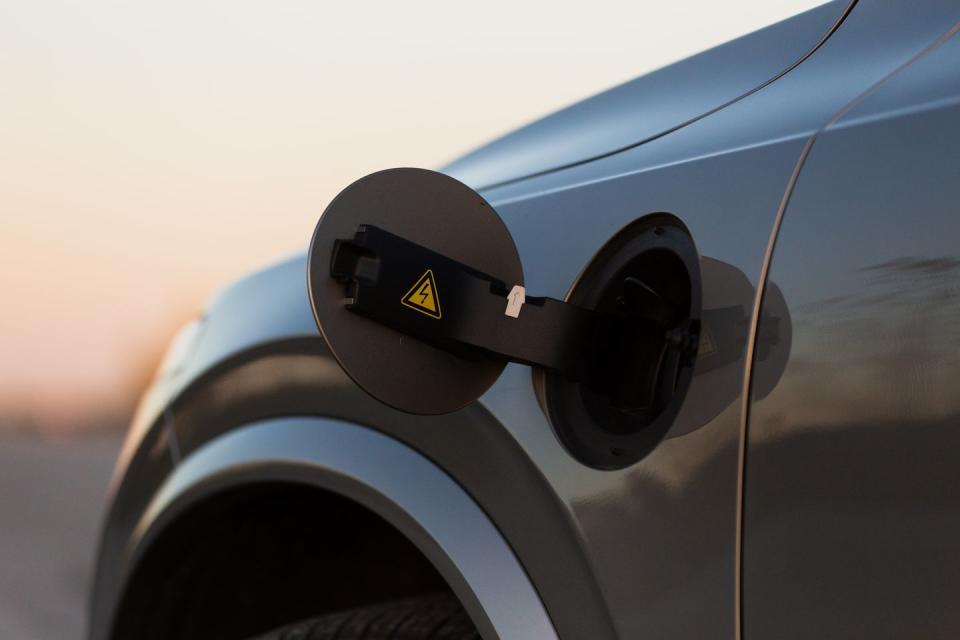
The answer to Volvo's EV problem is, for now, Polestar, the all-electrified sister brand taking on Tesla and jumping headfirst into EVs. That brand also proves that their design team is still brilliant, the energy and funding are still there, and the chassis tuning can be phenomenal. But Volvo itself is left in a weird place. It is a safety-first company no longer the leader in what experts consider the next big leap in automotive safety. It’s a brand focused on technology that makes irritating infotainment systems and skittish driver-assist systems. It’s luxury brand with what was clearly considered a holdover engine powering its entire lineup. It’s an electric-focused luxury automaker, but not its parent company's main electric innovator. So this generation of Volvos is good, maybe even great. I'm just struggling to understand what the brand does next.
Maybe the best choice is simply to wait. Don’t rush the big things. Because the XC90 is delightful. It’s the steady profit-earner for a reason, more elegant and interesting than an Acura without the never-ending options list of a BMW or Mercedes. It’s more refined than anything from Cadillac, more modern than any Lexus, and more manageable than anything body-on-frame. It strikes every sweet spot of its hotly contested segment, the flagship of a lineup that includes similarly excellent Volvos like the XC40 and V60. The XC90 doesn’t need to be reinvented for the brand to succeed—it just needs some work around the margins.
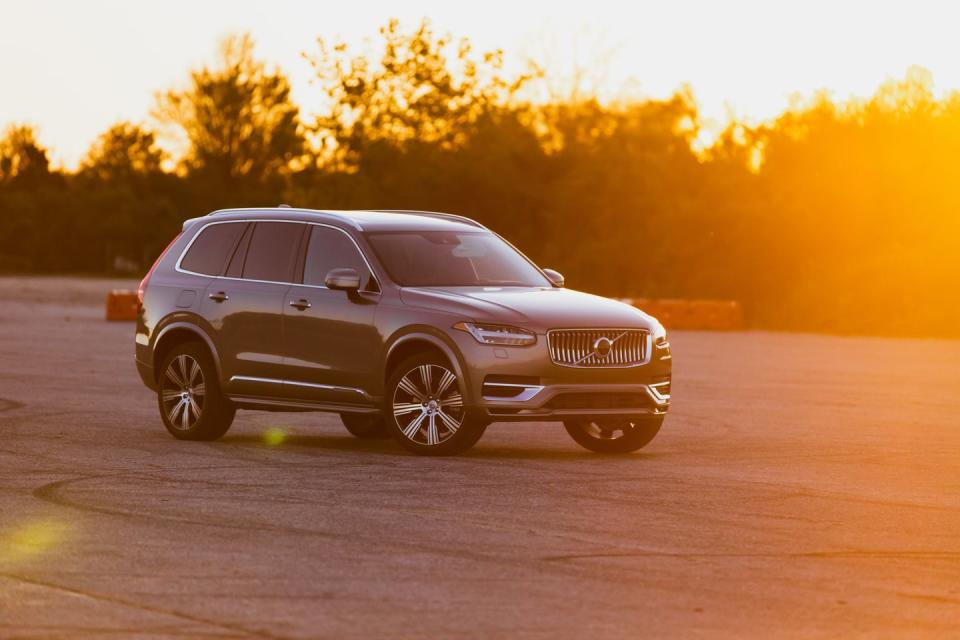
You Might Also Like

 Yahoo Autos
Yahoo Autos 